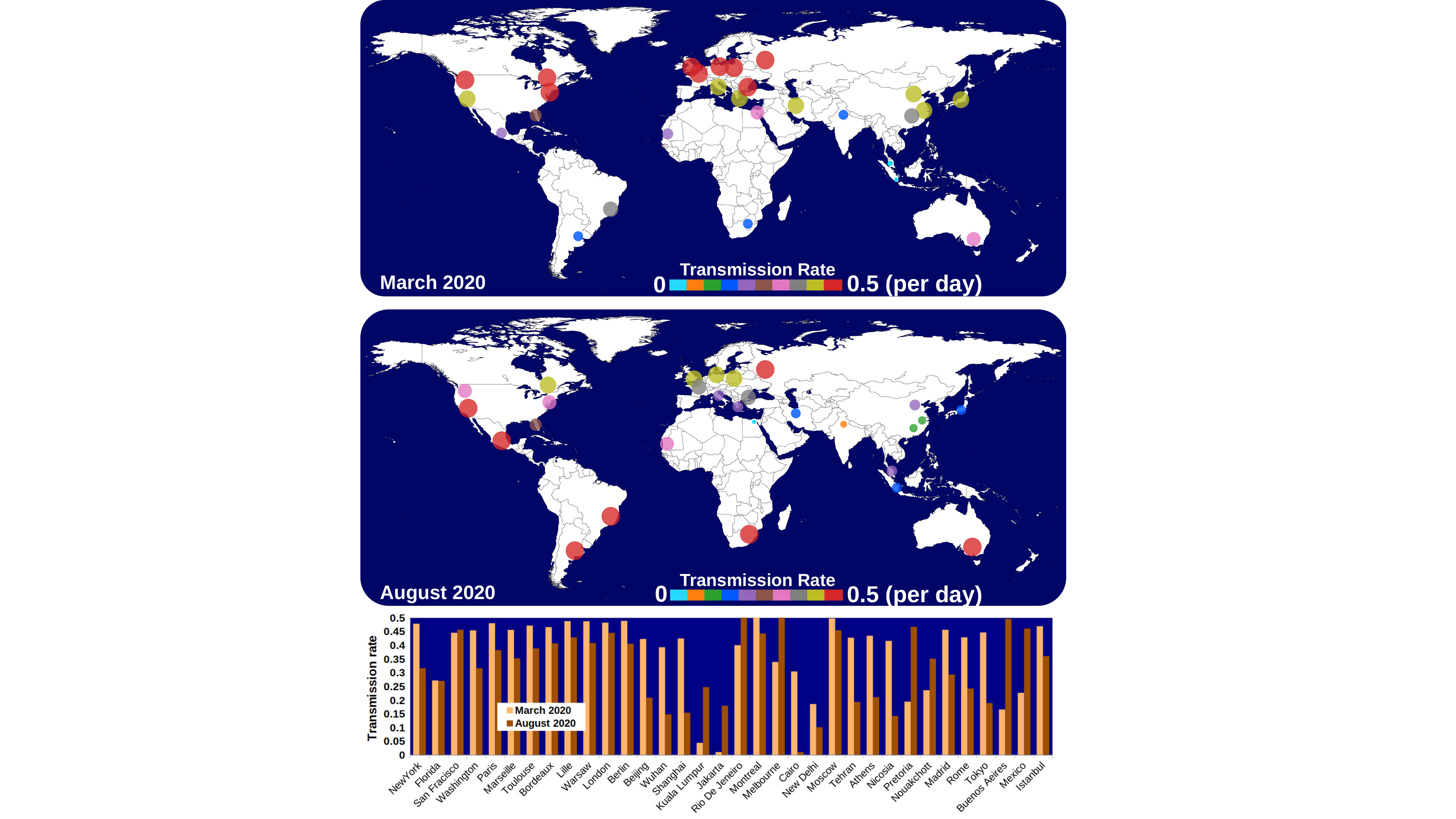In Physics of Fluids, researchers simulate an atomic bomb explosion from a typical intercontinental ballistic missile and the resulting blast wave to see how it would affect people sheltering indoors.
Tag: University of Nicosia
First Wave COVID-19 Data Underestimated Pandemic Infections
Two COVID-19 pandemic curves emerged within many cities during the one-year period from March 2020 to March 2021. Oddly, the number of total daily infections reported during the first wave is much lower than that of the second, but the total number of daily deaths reported during the first wave is much higher than the second wave.

Temperature, Humidity, Wind Predict Second Wave of Pandemic
The “second wave” of the coronavirus pandemic has placed much blame on a lack of appropriate safety measures. However, due to the impacts of weather, research suggests two outbreaks per year are inevitable. Though face masks, travel restrictions, and social distancing guidelines help slow the number of new infections in the short term, the lack of climate effects incorporated into epidemiological models presents a glaring hole that can cause long-term effects. In Physics of Fluids, researchers discuss the impacts of these parameters.

Air Purifiers May Do More Harm Than Good in Confined Spaces with Airborne Viruses
The positions of air inlets and outlets in confined spaces, such as elevators, greatly affect airborne virus transmission. In Physics of Fluids, researchers show air purifiers may actually increase the spread. They use ultraviolet radiation to kill viruses and other microbes, but they also circulate air, sucking it in and exhausting cleaned air. This adds to overall circulation.